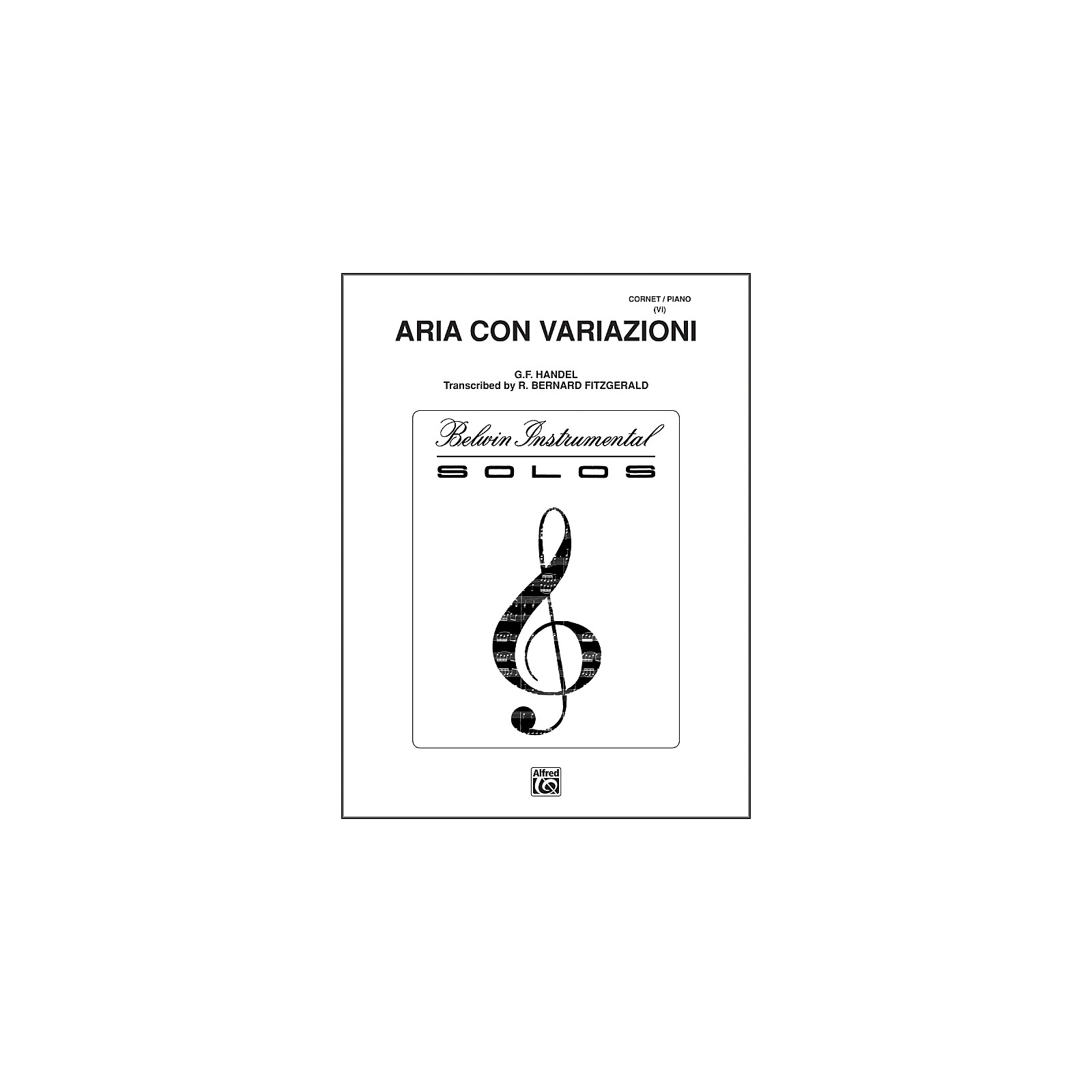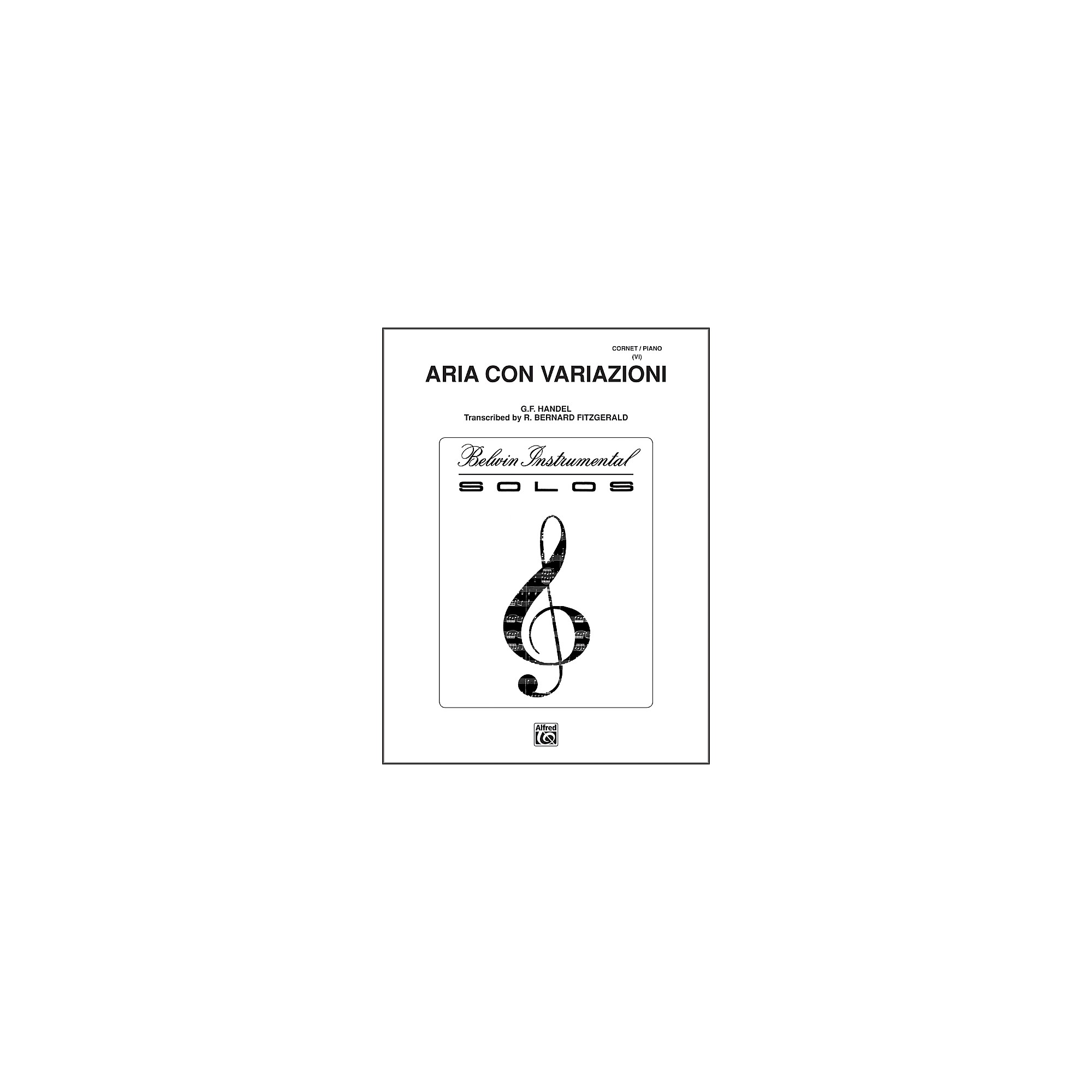

- #Aria con variazioni trumpet solo code
- #Aria con variazioni trumpet solo plus
- #Aria con variazioni trumpet solo series
Sometimes strings are simply listed as "str," which means 44322 strings.Įxample 2 - Jones: (concert band/wind ensemble example) Strings are a standard 44322 configuration (4 first violin, 4 second violin, 3 viola, 2 cello, 2 bass). In this case, the winds are all doubled (2 flutes, 2 oboes, 2 clarinets and 2 bassoons), and there are two each horns and trumpets. The Beethoven example is typical of much Classical and early Romantic fare. Instruments shown in parenthesis are optional and may be omitted. Principal auxilary instruments (piccolo, english horn, bass clarinet, contrabassoon, wagner tuba, cornet & euphonium) are linked to their respective instruments with either a "d" if the same player doubles the auxiliary instrument, or a "+" if an extra player is required. Woodwinds-Brass, Percussion, Strings, Other Other Required and Solo parts follow the strings:
#Aria con variazioni trumpet solo series
Strings are represented with a series of five digits representing the quantity of each part (first violin, second violin, viola, cello, bass). Percussion is abbreviated following the brass. The set of numbers after the dash represent the Brass. The first set of numbers (before the dash) represent the Woodwinds. The system used above is standard in the orchestra music field. The bracketed numbers tell you the precise instrumentation of the ensemble.
#Aria con variazioni trumpet solo code
While this instrumentation has come to be common, it is still not "Standard" as many Brass Dectets use very different forces, most often with more Horns than PJBE.įollowing some titles in our Orchestra & Band catalogs, you will see a numeric code enclosed in square brackets, as in these examples:īeethoven Symphony No 1 in C, op 21 Piccolo and Flugelhorn being the most common. In addition, there are often doublings in the Trumpet section It consists of the forces 414.01, and often includes Percussion and/or Tympani. This is a special instrumentation adopted and perfected by the Philip Jones Brass Ensemble. People often ask us about "PJBE" or "Philip Jones" instrumentation.

There is no separate number for Bass Trombone, but it can generally be assumed that if there are multiple Trombone parts, the lowest part can/should be performed on Bass Trombone. Thus, the Copland Fanfare shown above is for 3 Trumpets, 4 Horns, 3 Trombones, no Euphonium, 1 Tuba and Tympani.
#Aria con variazioni trumpet solo plus
Any additional instruments (Tympani in this example) are indicated by a "w/" (meaning "with") or by using a plus sign.

The first number stands for Trumpet, the second for Horn, the third for Trombone, the fourth (separated from the first three by a dot) for Euphonium and the fifth for Tuba. The bracketed numbers tell you how many of each instrument are in the ensemble.


 0 kommentar(er)
0 kommentar(er)
